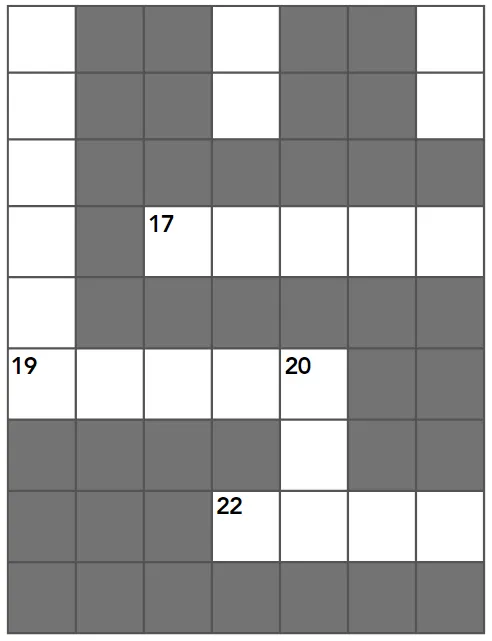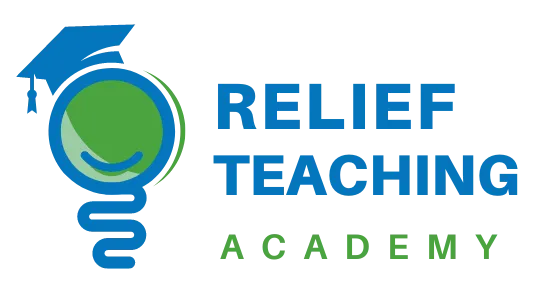While it's true that Math Crosswords may not prevent kids from feeling ill, it's likely that most children won't experience nausea when participating in math activities. However, some may express a bit of frustration or reluctance. Additionally, it's possible that a few students might even daydream about sneaking into the art cupboard for a snack.
Enter Math Crosswords!
Have you ever built a math crosswords?
Why not?
Using Math Crosswords is a perfect solution to the age old problem that turn students off mathematics - FEEDBACK.
Have you heard of FEEDBACK in the classroom?
In a nutshell Feedback is that moment when you feel good about yourself. It might be a time when you puff your chest out with pride scream out "Ah Ha! I get it! strut around the room the tune of "Saturday Night fever".
Feedback in Mathematics is almost never provided until all the work is complete - and then only sparingly. Now, the solution is here.
Math Crosswords provide instant feedback for students.
Kids don't vomit when they get feedback.
When people do crosswords, you are either right or wrong. Or I should say correct and not yet correct.
That instant feedback is highly valued by students, and adults alike. That is why gaming is so popular.
Feedback is instant whether you win or not.
Feedback in school is often protracted, if it exists at all. That is why "feedback junkies" do so poorly at school.
Students who will concentrate for hours on a computer game might be lucky to last 5 minutes in the classroom.
Why?
They don't get feedback.
Being correct gives you a buzz; a shot of happy juice. People who frequently use crosswords know that feeling every time a word fits correctly inside the crossword grid.
The buzz of instant feedback keeps students coming back for more. It encourages greater effort.
In a situation where you are not yet correct, another set of circumstances comes into play and your actions become more strategic. You could simply hurl the stupid thing out of the window and never touch it (or see it again). Or you could strategise why you weren't correct and start steps to work out the solution.
So, back to math crosswords.
Teachers love to give kids a bank of sums to complete. It keeps them quiet, for a while at least. And there is nothing wrong with continual practice of a basic skills like algorithms.
(7 x 3) – (6 + 5) is a perfectly acceptable equation to give to students. And rightly so. The ability to solve this equation is a critical skill for success in mathematics success. There is the priority of sign as well as algorithmic calculations and use of brain power.
Give your class 50 of these and you will be pivotal in a mutiny not seen since Bligh. (That’s William; not Anna – although come to think of it...).
Bring Math Crosswords into the scenario and the situation
might be different.
I say “might” because for some students, doing any sort of math has the same appeal as bathing in toe jam. But for the most, crosswords add another dimension to an otherwise mind-burning, boring task.
What would happen?
If you handed out a sheet of 50 sums to your class, there would be a mutual groan.
Your top 20% of your class will
- finish the sheet in 10-15 minutes and
- will want the answers to mark their work so they could show off that they had them all correct and then
- ask what else can they do now that they have finished while the other 80% of the class are still working.
The bottom 20% will doodle on and only vomit a little bit.
(Enough with the vomiting already!) The little task avoiders will continue with their sheet without making much effort.
The middle 60% will plug away like Trojans without enjoying it much. They will work for you because they worship the ground you walk on because you are THEIR teacher.
However, no one gets any feedback until their work is marked.
Now introduce Math Crosswords.
The clue for 19 across.
(7 x 3) – (6 + 7)
All students do this sum as they know how
7 x 3 = 21
6 + 6 = 12
21 - 12 = 9.

Move to the crossword grid and enter nine – only it doesn't fit.
The student would check their working.
Yep! That’s correct.
Look at the grid. Yep! 19 Across. Right location.
Look at the Clue – Oh yeah! They put a 6 instead of a 7. So 21 – 13 = 8. Yep!
The answer is E I G H T. That fits.
Instant feedback.
Effort for teacher -zilch!
Effort for student - powerhouse.
You don't get that with the old math worksheet.
So what are you waiting for? Download this book of crossword templates and clues today.

